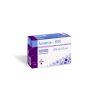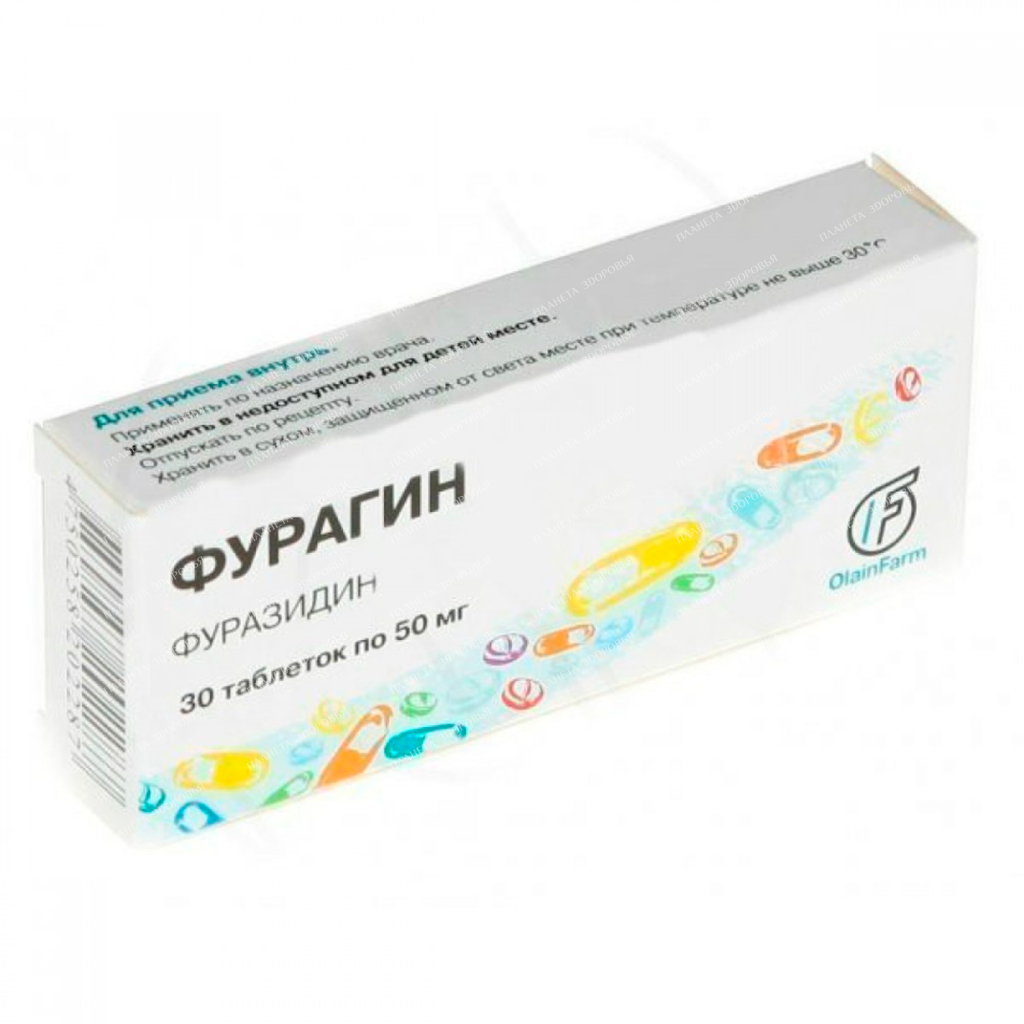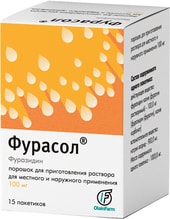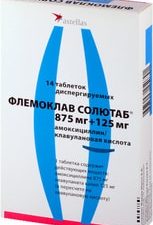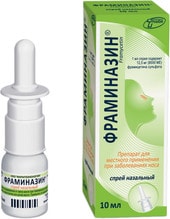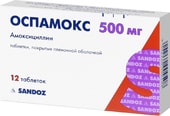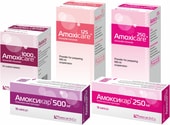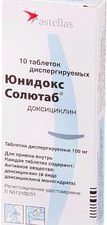Furagin Tablets 50mg: Powerful Antibacterial for Urinary Tract Infections
Furagin Tablets 50mg are a potent antibacterial medication designed to effectively treat acute and chronic urinary tract infections (UTIs). This comprehensive guide provides in-depth information about Furagin, its uses, dosage, side effects, and safety considerations.
Key Features:
- Effective Against a Wide Range of Bacteria: Furagin combats both gram-positive and gram-negative bacteria, including common UTI culprits like Escherichia coli, Klebsiella spp, Salmonella, and Proteus.
- Targeted Action: Furagin primarily works within the urinary tract, achieving high concentrations in urine, where it effectively tackles bacterial infections.
- Convenient Dosage: Furagin is available in 50mg tablets, offering flexible dosage options for both adults and children over 6 years old.
How Furagin Works:
Furagin belongs to the nitrofuran class of antibiotics. It disrupts bacterial enzyme systems, causing damage to the bacterial cell membrane and ultimately leading to their destruction. This bacteriostatic effect prevents bacteria from multiplying and spreading.
When to Use Furagin:
Furagin is indicated for the treatment of:
- Acute and Chronic UTIs: Including pyelonephritis (kidney infection), cystitis (bladder infection), urethritis (inflammation of the urethra), and prostatitis (inflammation of the prostate gland).
- Postoperative UTIs: To prevent and treat infections following surgery involving the urinary tract.
Important Safety Considerations:
- Contraindications: Furagin is not suitable for everyone. It is contraindicated in individuals with hypersensitivity to nitrofurans or other ingredients, severe renal impairment, polyneuropathy (including diabetic neuropathy), glucose-6-phosphate dehydrogenase deficiency, porphyria, pregnancy, lactation, and children under 6 years of age.
- Potential Side Effects: Furagin can cause side effects, including nausea, vomiting, dizziness, headache, and allergic reactions. In rare cases, more severe side effects like hemolytic anemia, peripheral neuropathy, and pulmonary reactions may occur.
- Interactions: Furagin can interact with other medications, including antacids, aminoglycosides, and certain pain relievers. It’s crucial to inform your doctor about all medications you are currently taking.
Dosage and Administration:
- Adults: 100-200mg (2-4 tablets) 2-3 times daily for 7-10 days, depending on the severity of the infection.
- Children over 6 years: 5-8 mg/kg body weight per day, divided into 3-4 doses for 7-8 days.
Always follow your doctor’s instructions regarding dosage and duration of treatment.
Storage:
Store Furagin tablets in a dry, cool place, protected from light.
Disclaimer:
This information is for educational purposes only and should not be considered medical advice. Consult your doctor or pharmacist for diagnosis and treatment of any medical conditions.
Optimize Your Urinary Tract Health:
Furagin Tablets 50mg offer a powerful and effective solution for treating urinary tract infections. By understanding its mechanism of action, potential side effects, and precautions, you can make informed decisions about your health and optimize your UTI treatment.
Keywords:
Furagin, Furagin Tablets, 50mg, Urinary Tract Infection, UTI, Antibacterial, Pyelonephritis, Cystitis, Urethritis, Prostatitis, Nitrofurans, Dosage, Side Effects, Interactions, Safety, Precautions, Storage, Healthcare, Medication, Treatment.
| INN | FURAZIDIN |
|---|---|
| The code | 1 813 |
| Barcode | 4 750 258 315 567 |
| Dosage | 50mg |
| Active substance | Furazidin |
| Manufacturer | Olainfarm, Latvia |
| Importer | IOOO "Interfarmaks", Republic of Belarus, 223028, Minsk region, Minsk district, Zhdanovichsky s / s, ag. Zhdanovichi, st. Zvezdnaya, 19A-5, pom. 5-2 |
Related products
Antibiotics & Antimicrobials
Antibiotics & Antimicrobials
Antibiotics & Antimicrobials
Pharmaceutical technology Framinazine Spray, 12.5 mg / ml, 10 ml.
 Free worldwide shipping on orders $99+
Free worldwide shipping on orders $99+  US: temporary delays — postal services aligning new import rules,
US: temporary delays — postal services aligning new import rules,  EU: 1–2 weeks,
EU: 1–2 weeks,  Worldwide: 1–4 weeks
Worldwide: 1–4 weeks 

